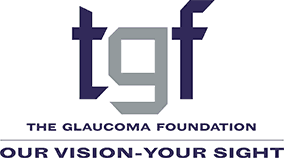
Did you know that people with obstructive sleep apnea syndrome (OSAS) are more likely to develop glaucoma than those who do not have this sleep disorder? According to some studies, people suffering from OSAS, which is characterized by episodes of paused and shallow breathing during sleep, are up to ten times more likely to develop glaucoma.
While intraocular pressure (IOP) can rise during nighttime, this does not appear to be the primary link between sleep apnea and glaucoma as glaucoma progression occurs in some patients despite very low IOP.
Worsening of the optic nerve in conjunction with low IOP may indicate normal-tension glaucoma (NTG), also known as low-tension glaucoma, and may also signal the presence of underlying sleep apnea. Recent studies suggest that certain types of glaucoma may result from insufficient blood supply to the optic nerve. These studies show that there is decreased ocular blood flow in sleep apnea, and that normal-tension glaucoma is more prevalent in patients with sleep apnea. NTG is characterized by progressive optic nerve damage and visual field loss with IOP levels that are usually considered to be within the normal range.
“Normal-tension glaucoma and obstructive sleep apnea remain greatly underdiagnosed,” says Robert Ritch, MD, The Glaucoma Foundation’s Founder, Medical Director and Chairman of ifs Scientific Advisory Board.
“There appears to be a strong connection between the two. Patients with sleep apnea should be tested for glaucoma and patients with normal tension glaucoma should have polysomnography to rule out sleep apnea,” Dr. Ritch advises.
Another sleep-related topic is the question of whether sleep position is related to glaucoma progression. Some studies indicate that sleeping on the same side of the body as the eye with the greater visual field loss could be a factor that contributes to glaucoma progression. Some doctors suggest that glaucoma patients or high-risk patients try to train themselves to sleep on their back. It has also been suggested that to avoid nocturnal eye damage, normal-tension patients raise the head of the bed by 20 percent using a sleeping wedge.
